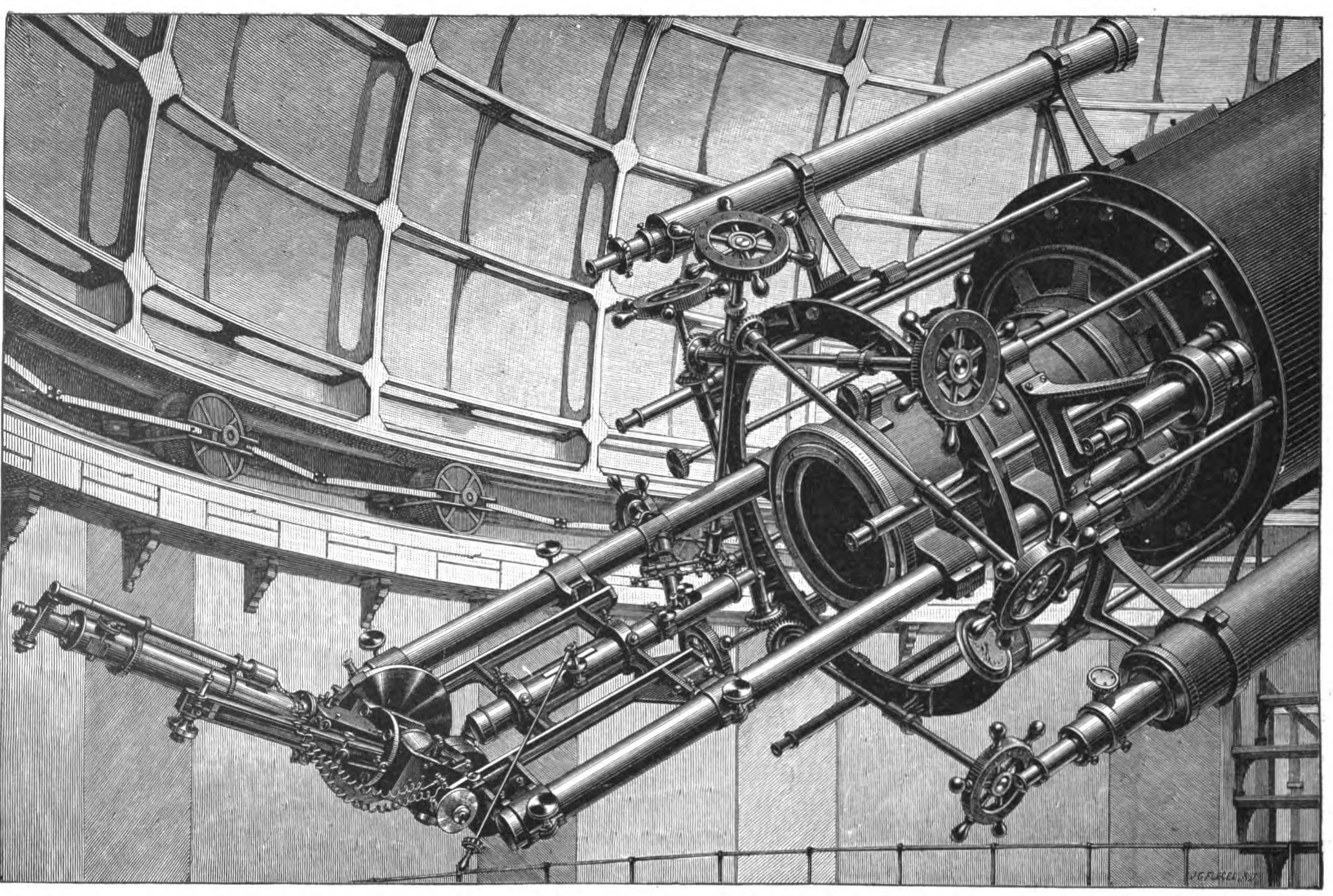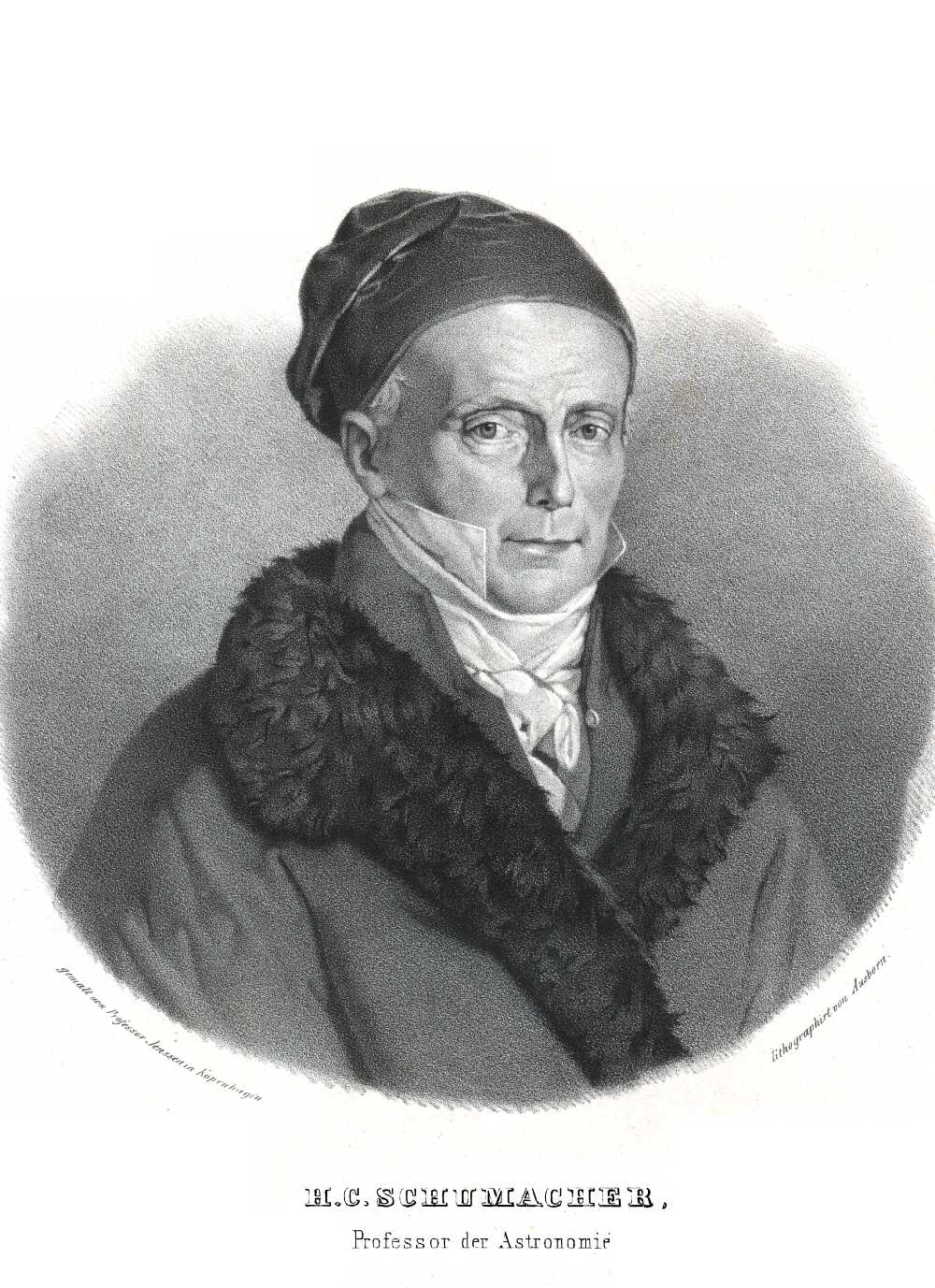|
SN 1885A
SN 1885A (also S Andromedae) was a supernova in the Andromeda Galaxy, the only one seen in that galaxy so far by astronomers. It was the first supernova ever seen outside the Milky Way, though it was not appreciated at the time how far away it was. It is also known as "Supernova 1885". Discovery The supernova appears to have been seen first on August 17, 1885, by French astronomer Ludovic Gully during a public stargazing event. Gully thought it was scattered moonlight in his telescope and did not follow up on this observation. Irish amateur astronomer Isaac Ward in Belfast claimed to have seen the object on August 19, 1885, but did not immediately publish its existence. The independent detection of the supernova by Ernst Hartwig at Dorpat (Tartu) Observatory in Estonia on August 20, 1885, however, was communicated in a telegram on August 31, 1885, once Hartwig had verified in more ideal circumstances that the feature was not caused by reflected moonlight. The telegram prom ... [...More Info...] [...Related Items...] OR: [Wikipedia] [Google] [Baidu] |
Photometric System
In astronomy, a photometric system is a set of well-defined passbands (or optical filters), with a known sensitivity to incident radiation. The sensitivity usually depends on the optical system, detectors and filters used. For each photometric system a set of primary standard stars is provided. A commonly adopted standardized photometric system is the Johnson-Morgan or UBV photometric system (1953). At present, there are more than 200 photometric systems. Photometric systems are usually characterized according to the widths of their passbands: * broadband (passbands wider than 30 nm, of which the most widely used is Johnson-Morgan UBV system) * intermediate band (passbands between 10 and 30 nm wide) * narrow band (passbands less than 10 nm wide) Photometric letters Each letter designates a section of light of the electromagnetic spectrum; these cover well the consecutive major groups, near-ultraviolet (NUV), visible light (centered on the V band), near-infra ... [...More Info...] [...Related Items...] OR: [Wikipedia] [Google] [Baidu] |
Astronomical Register
(Whatever shines should be observed) , predecessor = , successor = , formation = , founder = , extinction = , merger = , merged = , type = NGO, learned society , status = Registered charity , purpose = To promote the sciences of astronomy & geophysics , professional_title = Fellow of the Royal Astronomical Society (FRAS) , headquarters = Burlington House , location = Piccadilly, London , coords = , region_served = , services = , membership = , language = , general = , leader_title = Patron , leader_name = King Charles III , leader_title2 = President , leader_name2 = Mike Edmunds , leader_title3 = Executive Director , leader_name3 = Philip Diamond , leader_title4 = , leader_name4 = , key_p ... [...More Info...] [...Related Items...] OR: [Wikipedia] [Google] [Baidu] |
Angular Separation
Angular distance \theta (also known as angular separation, apparent distance, or apparent separation) is the angle between the two sightlines, or between two point objects as viewed from an observer. Angular distance appears in mathematics (in particular geometry and trigonometry) and all natural sciences (e.g. astronomy and geophysics). In the classical mechanics of rotating objects, it appears alongside angular velocity, angular acceleration, angular momentum, moment of inertia and torque. Use The term ''angular distance'' (or ''separation'') is technically synonymous with ''angle'' itself, but is meant to suggest the linear distance between objects (for instance, a couple of stars observed from Earth). Measurement Since the angular distance (or separation) is conceptually identical to an angle, it is measured in the same units, such as degrees or radians, using instruments such as goniometers or optical instruments specially designed to point in well-defined direct ... [...More Info...] [...Related Items...] OR: [Wikipedia] [Google] [Baidu] |
The Jerusalem Post
''The Jerusalem Post'' is a broadsheet newspaper based in Jerusalem, founded in 1932 during the British Mandate of Palestine by Gershon Agron as ''The Palestine Post''. In 1950, it changed its name to ''The Jerusalem Post''. In 2004, the paper was bought by Mirkaei Tikshoret, a diversified Israeli media firm controlled by investor Eli Azur. In April 2014, Azur acquired the newspaper '' Maariv''. The newspaper is published in English and previously also printed a French edition. Originally a left-wing newspaper, it underwent a noticeable shift to the political right in the late 1980s. From 2004 editor David Horovitz moved the paper to the center, and his successor in 2011, Steve Linde, pledged to provide balanced coverage of the news along with views from across the political spectrum. In April 2016, Linde stepped down as editor-in-chief and was replaced by Yaakov Katz, a former military reporter for the paper who previously served as an adviser to former Prime Minister Naft ... [...More Info...] [...Related Items...] OR: [Wikipedia] [Google] [Baidu] |
SN 2002bj
SN 2002bj was the explosion of a star in the galaxy NGC 1821, located in the constellation Lepus. The explosion was discovered by Jack Newton in scans of images produced by Tim Puckett. (It was independently discovered by the Lick/Tenagra Observatory as part of their combined supernova search program.) Initially it had an apparent magnitude of about 14.7 and was categorized as a Type IIn supernova. However, in 2008 Dovi Poznanski discovered that the spectrum more closely resembled a Type Ia supernova. Further, the energy output was much lower than a typical supernova and the luminosity dropped at a dramatic pace. A team consisting of Poznanski, Joshua Bloom, Alex Filippenko and others concluded that it was a new category of exploding star. This system is believed to consist of a binary pair of white dwarf stars, with helium being transferred from one dwarf to the other. The accreted helium exploded in a thermonuclear reaction on the surface of the more massive white dwarf, res ... [...More Info...] [...Related Items...] OR: [Wikipedia] [Google] [Baidu] |
Hagai Perets
Haggai (; he, חַגַּי – ''Ḥaggay''; Koine Greek: Ἀγγαῖος; la, Aggaeus) was a Hebrew prophet during the building of the Second Temple in Jerusalem, and one of the twelve minor prophets in the Hebrew Bible and the author of the Book of Haggai. He is known for his prophecy in 520 BCE, commanding the Jews to rebuild the Temple. He was the first of three post-exile prophets from the Neo-Babylonian Exile of the House of Judah (with Zechariah, his contemporary, and Malachi, who lived about one hundred years later), who belonged to the period of Jewish history which began after the return from captivity in Babylon. His name means "my holidays." The name Haggai, with various vocalizations, is also found in the Book of Esther, as a eunuch servant of the Queen. Life Scarcely anything is known of his personal history, with the book of Haggai offering no biographical details about his ancestry or anything else in his life outside the prophecies of 520 BCE. Hagga ... [...More Info...] [...Related Items...] OR: [Wikipedia] [Google] [Baidu] |
Dovi Poznanski
Dovi is an arrondissement in the Zou department of Benin. It is an administrative division under the jurisdiction of the commune of Zagnanado. According to the population census conducted by the Institut National de la Statistique Benin on February 15, 2002, the arrondissement had a total population of 4,518. accessed b Geohive accessed 4 June 2012 References Populated places in the Zou Department Arron ...[...More Info...] [...Related Items...] OR: [Wikipedia] [Google] [Baidu] |
Stellar Spectrum
Astronomical spectroscopy is the study of astronomy using the techniques of spectroscopy to measure the spectrum of electromagnetic radiation, including visible light, ultraviolet, X-ray, infrared and radio waves that radiate from stars and other celestial objects. A stellar spectrum can reveal many properties of stars, such as their chemical composition, temperature, density, mass, distance and luminosity. Spectroscopy can show the velocity of motion towards or away from the observer by measuring the Doppler shift. Spectroscopy is also used to study the physical properties of many other types of celestial objects such as planets, nebulae, galaxies, and active galactic nuclei. Background Astronomical spectroscopy is used to measure three major bands of radiation in the electromagnetic spectrum: visible light, radio waves, and X-rays. While all spectroscopy looks at specific bands of the spectrum, different methods are required to acquire the signal depending on the frequency. ... [...More Info...] [...Related Items...] OR: [Wikipedia] [Google] [Baidu] |
Type Ia Supernova
A Type Ia supernova (read: "type one-A") is a type of supernova that occurs in binary systems (two stars orbiting one another) in which one of the stars is a white dwarf. The other star can be anything from a giant star to an even smaller white dwarf. Physically, carbon–oxygen white dwarfs with a low rate of rotation are limited to below 1.44 solar masses (). Beyond this "critical mass", they reignite and in some cases trigger a supernova explosion; this critical mass is often referred to as the Chandrasekhar mass, but is marginally different from the absolute Chandrasekhar limit, where electron degeneracy pressure is unable to prevent catastrophic collapse. If a white dwarf gradually accretes mass from a binary companion, or merges with a second white dwarf, the general hypothesis is that a white dwarf's core will reach the ignition temperature for carbon fusion as it approaches the Chandrasekhar mass. Within a few seconds of initiation of nuclear fusion, a substant ... [...More Info...] [...Related Items...] OR: [Wikipedia] [Google] [Baidu] |
Gérard De Vaucouleurs
Gérard Henri de Vaucouleurs (25 April 1918 – 7 October 1995) was a French astronomer. Life and career Born in Paris, he had an early interest in amateur astronomy and received his undergraduate degree in 1939 at the Sorbonne in that city. After military service in World War II, he resumed his pursuit of astronomy. He was married to fellow astronomer Antoinette de Vaucouleurs on October 31, 1944, and the couple would frequently collaborate on astronomical research. Fluent in English, he spent 1949–51 in England, 1951–57 in Australia, the latter at Mount Stromlo Observatory, 1957–58 at Lowell Observatory in Arizona and 1958–60 at Harvard. In 1960 he was appointed to the University of Texas at Austin, where he spent the rest of his career. He died of a heart attack in his home in Austin at the age of 77. His earliest work had concerned the planet Mars and while at Harvard he used telescope observations from 1909 to 1958 to study the areographic coor ... [...More Info...] [...Related Items...] OR: [Wikipedia] [Google] [Baidu] |
Astronomische Nachrichten
''Astronomische Nachrichten'' (''Astronomical Notes''), one of the first international journals in the field of astronomy, was established in 1821 by the German astronomer Heinrich Christian Schumacher. It claims to be the oldest astronomical journal in the world that is still being published. The publication today specializes in articles on solar physics, extragalactic astronomy, cosmology, geophysics, and instrumentation for these fields. All articles are subject to peer review. Early history The journal was founded in 1821 by Heinrich Christian Schumacher,'' Publications of the Astronomical Society of the Pacific'', page 60, v.7 (1895) under the patronage of Christian VIII of Denmark, and quickly became the world's leading professional publication for the field of astronomy. Schumacher edited the journal at the Altona Observatory, then under the administration of Denmark, later part of Prussia, and today part of the German city of Hamburg. Schumacher edited the first 31 ... [...More Info...] [...Related Items...] OR: [Wikipedia] [Google] [Baidu] |





